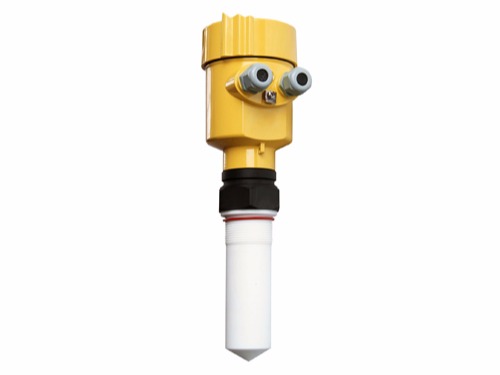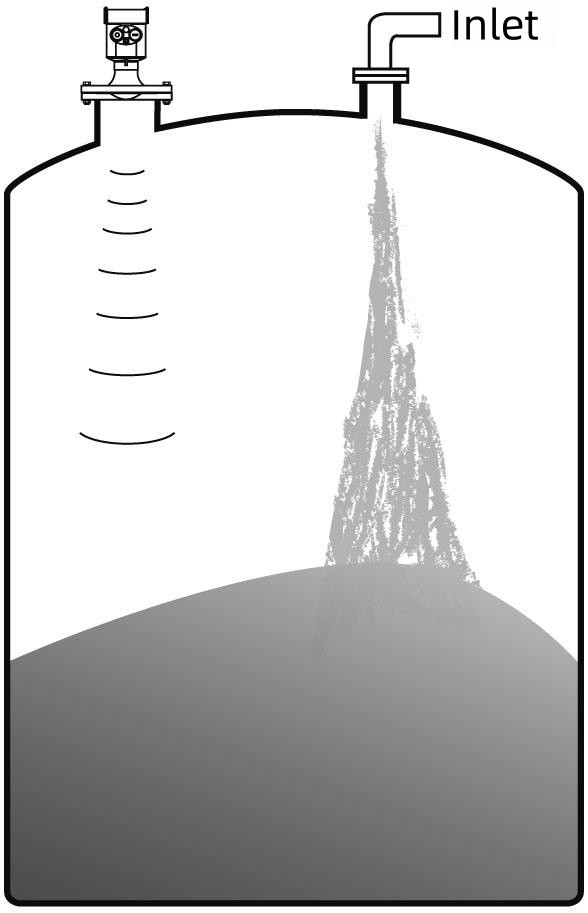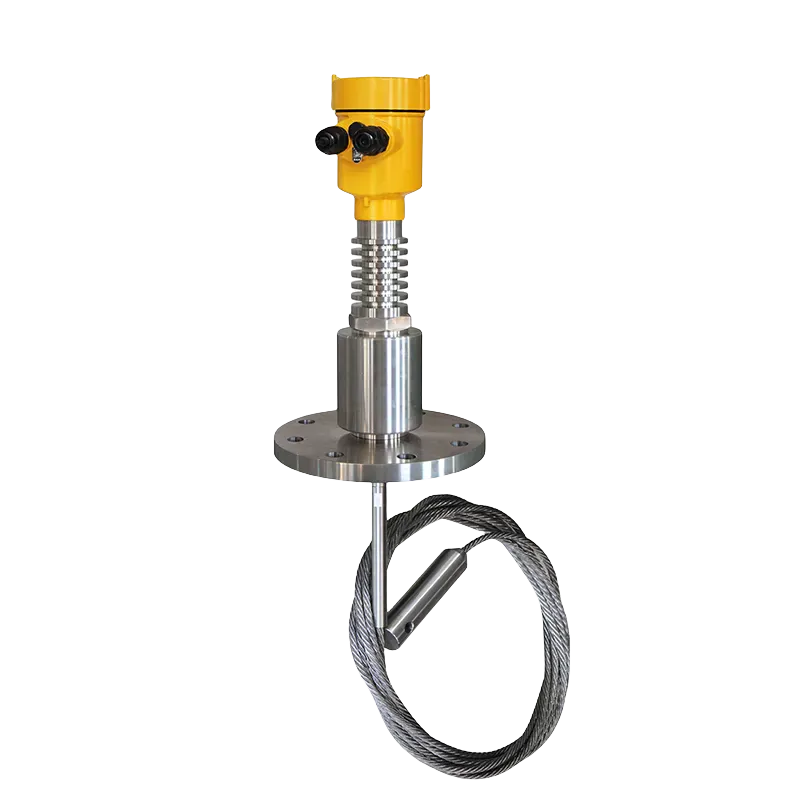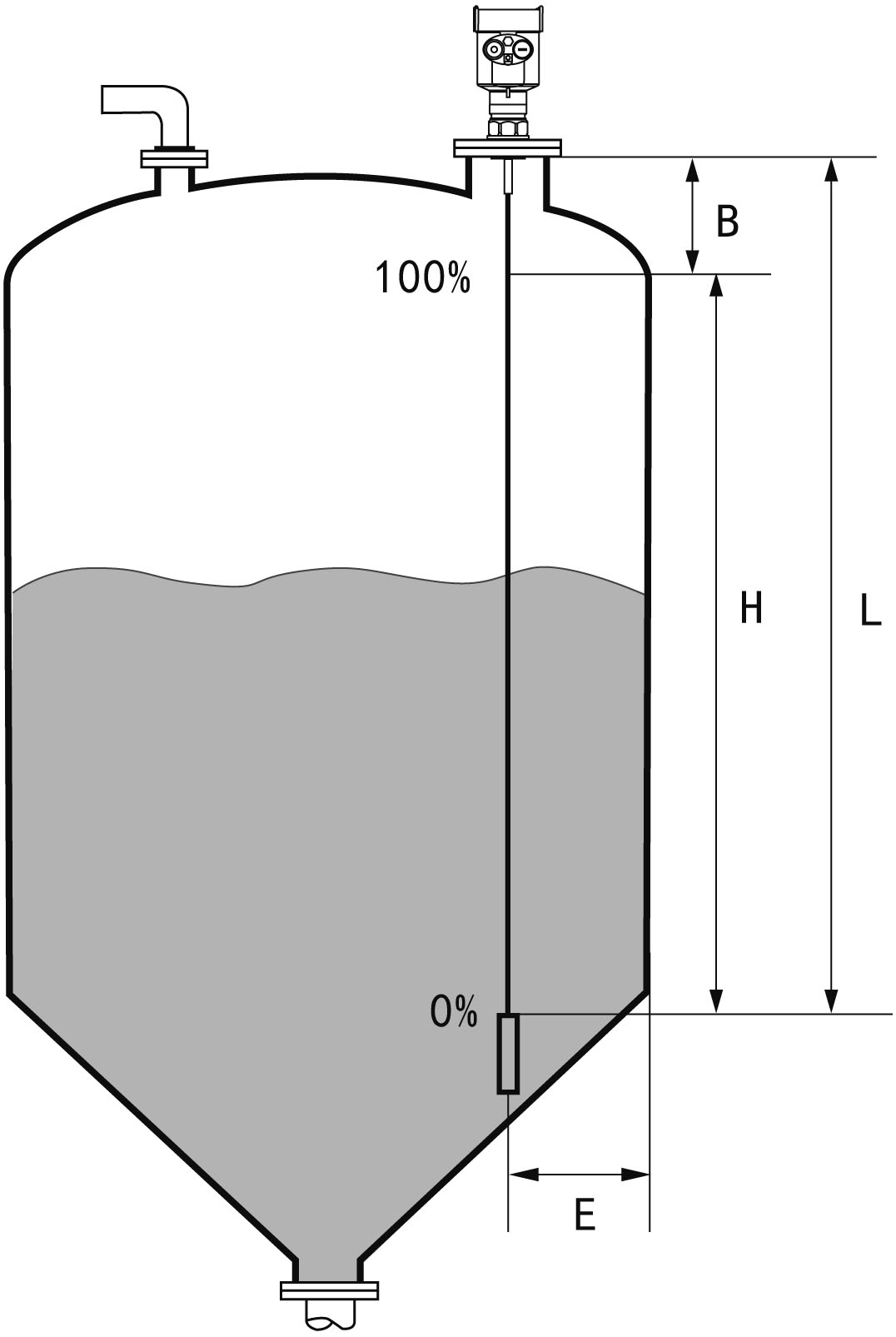BETTER TOUCH BETTER BUSINESS
Contact Sales at KAIDI.
Principle: Transmit-Reflect-Receive is the basic working principle of radar level meter.
The antenna of the radar sensor transmits an electromagnetic signal in the form of a beam, the transmitted wave is reflected on the surface of the measured material, and the reflected return signal is still received by the antenna. Each point in the emitted and reflected beam is collected using ultrasonic sampling method. The signal is processed by the intelligent processor to derive the distance between the medium and the probe, and sent to the terminal display for display, alarm, operation and so on.
Features: the biggest feature of the radar level meter is that it has remarkable efficacy under adverse conditions. Whether it is toxic media, or corrosive media, and whether it is solid, liquid or dusty, slurry media, it can be measured. In terms of measurement, it has the following characteristics

1, Continuous and accurate measurement The customized radar level meter has no contact between the probe and the surface of the medium, which is a non-contact measurement, and can accurately and quickly measure different media. The probe is almost unaffected by temperature, pressure, gas, etc. (only 0.018% at 500℃ and 0.8% at 50bar).
2, It has suppression function for interference echo
3, accurate, safe and energy-saving radar level meter using materials, chemical and mechanical are quite stable, and materials can be recycled, very environmentally friendly.
4, no maintenance and high reliability microwave almost non-interference, and the measurement medium is not in direct contact, can be used in almost all kinds of occasions, such as vacuum measurement, liquid level measurement or material level measurement. Due to the use of advanced materials, the situation is extremely complex chemical and physical conditions are very durable, it can provide accurate and reliable, long-term stability of the analogue or digital level signals.

5, easy maintenance, simple operation radar level meter with fault alarm and self-diagnostic function. According to the error code prompted by the operation of the display module to analyse the fault, determine the fault to be eliminated in a timely manner, so that the maintenance and correction is more convenient and accurate, to ensure the normal operation of the instrument.
6, a wide range of applications, almost all media can be measured from the shape of the tank body, the radar level meter can be a ball tank, horizontal tanks, cylindrical tanks, cylindrical vertebrae tanks, etc., level measurement; from the tank function, you can tanks, buffer tanks, microwave tubes, bypass tubes in the measurement of the level; from the measured medium, you can liquid, particles, slurry and so on for measurement.
Summary:
In a nutshell, it is a radar level meter with a wide range of use and a non-contact measurement method. Excellent material, low failure rate.
Guided wave radar level meter
Principle: Guided wave radar level meter is a measuring instrument based on the principle of time travelling, radar waves run at the speed of light, and the running time can be converted into level signals through electronic components. The probe sends out high frequency pulse and spreads along the cable probe, when the pulse meets the material surface, it is reflected back and received by the receiver inside the instrument, and the distance signal is converted into level signal.
Features:
1、Strong inhibition of vapour and foam, measurement is not affected;
2、It is not affected by the density of liquid, the loose degree of solid materials, temperature, dust when adding materials;
3, low maintenance, high performance, high accuracy, high reliability, long service life.

So are they different or not?
The contact mode is different: radar level meter is non-contact, while waveguide level meter is contact. That is to say, in the food grade requirements of higher occasions, can not use the pilot type.
The use of different working conditions: waveguide radar level meter need to consider the corrosiveness of the medium and adhesion, and too long waveguide radar installation and maintenance is more difficult. Low dielectric constant conditions, whether radar or guided-wave radar measurement principle is based on the difference between the dielectric constant of the medium, due to the ordinary radar wave emission is dispersive, when the dielectric constant of the medium is too low, the signal is too weak measurement is not stable, and guided-wave radar wave is propagated along the wave guide rod signal is relatively stable, in addition to general guided-wave radar there is the bottom of the detection function, according to the bottom of the return signal can be corrected to the measured value, so that the signal is more stable and accurate. Make the signal more stable and accurate.

Selection is different: ordinary radar can be used interchangeably, and guided-wave radar due to the guided-wave rod (cable) length according to the original conditions of the fixed, generally can not be used interchangeably, affected by the selection of guided-wave radar than ordinary radar trouble.
Measurement range is different: ordinary radar in 30, 40m tank application is more common, and even can be measured to 60 m. Guided-wave radar also need to consider the guided-wave rod (cable) of the force situation, but also due to the force of the general use of guided-wave radar measurement distance will not be very long. But in some special conditions guided wave radar has obvious advantages, such as tanks have stirring, media fluctuations, such conditions with the bottom of the fixed guided wave radar level transmitter value than the flux radar stability; there are small tanks within the level measurement, due to the installation of measurement space is small (or more interference in the tanks), the general general radar is not applicable, this time the advantages of guided wave radar appeared.
We are here to help you! If you close the chatbox, you will automatically receive a response from us via email. Please be sure to leave your contact details so that we can better assist